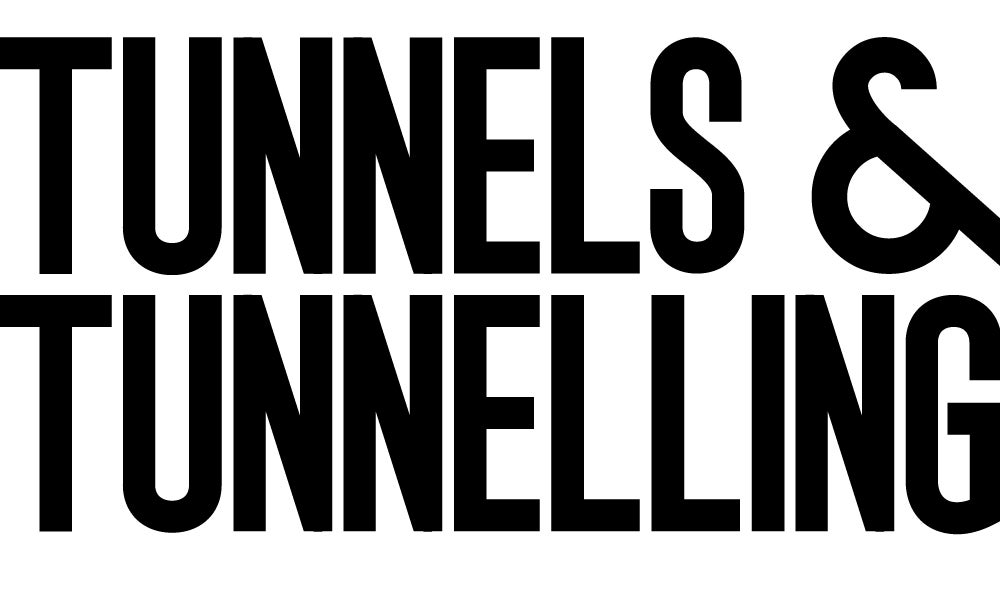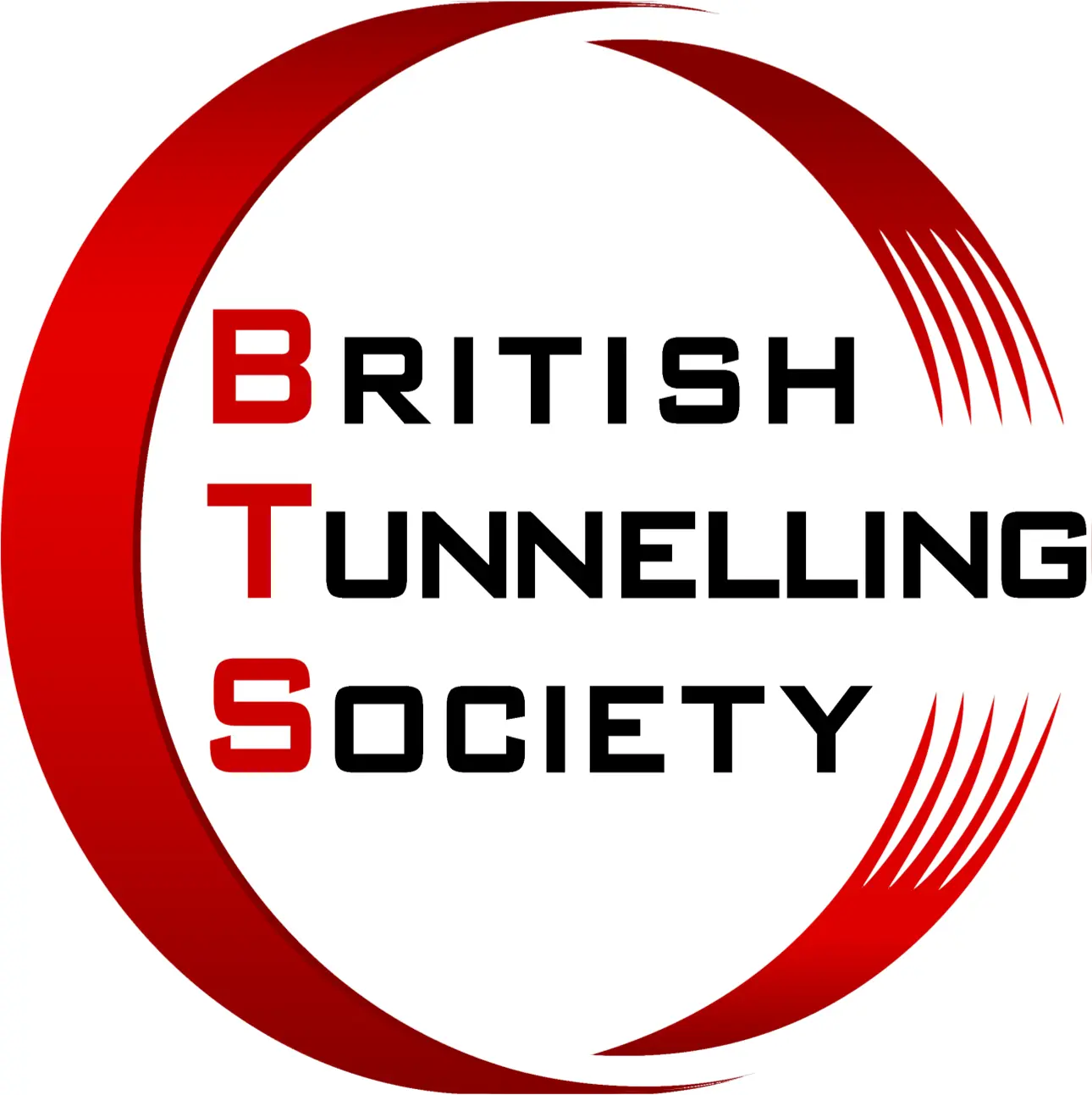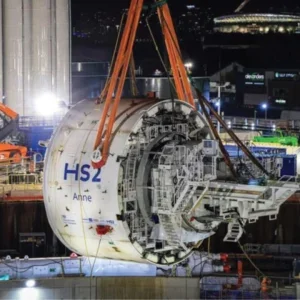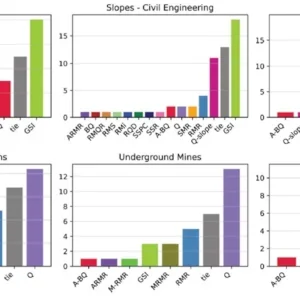Innovation and invention is what the client, HSL-Zuid, hoped for during construction of its high-speed rail project, the first “TGV” line in the Netherlands. On the 7,156m long Groene Hart tunnel it is getting just that with a bold, divided, twin track, super-large tunnel scheme being implemented by French contractor Bouygues at a cost of US$431M.
So far, halfway into the work, the results are good. Best progress for the TBM drive has been 22m in one 20hr period and 438m in one four-week period; on average 16m a day is being achieved and the boring should finish in spring next year. A 9m daily advance rate for the drive had been planned.
An 11-day stoppage did occur, as a result of some motor problems, according to HSL, but the lost time was easily recovered. Also there was a further machine hold up at the first of the tunnel’s three shafts. The client concedes delayed land acquisition here resulted in delayed shaft work, but also pointed out that the machine had made such good progress that it arrived much earlier than expected – an unfortunate consequence of healthy production rates.
According to Bouygues, the alignment has also not deviated more than 20mm off centre in nearly 3km and ovalisation – a significant threat with high buoyancy around a large tunnel – has been limited.
“The whole high-speed scheme is being done with design-build methods to stimulate new ideas,” one HSL engineer from elsewhere on the 100km long rail project told T&TI. “But Groene Hart is probably the one contract that has really paid off in that way. And it’s the only tunnel I have seen in this country with no leakage.”
Bouygues, working in joint venture with Dutch contractor Koop, has come up with both a design and a construction method to cope with high speed train issues, safety questions, cost and environmental impact.
It is using a giant TBM, christened Aurora, which is so far claimed to be the world’s biggest at 14.87m external diameter. The NFM machines uses Bouygues’ own complex in-house control system, a radical restructuring of the backup to cope with bouyancy effects by early track base installation, and a new patented flexible grout to handle forces on the segments which could cause cracking.
It also brings flat-faced tunnel segments to the Netherlands and a full risk analysis management system for design and construction.
Bored tunnelling is relatively new in the Netherlands which has hitherto concentrated on immersed tube methods, in which it is a world leader. There is little need to go deep in a flat country largely reclaimed from the sea whose highest “mountain” is around 200m, and reasons not to, since sea level is above ground and so too almost is the water table.
But pressures on space from Europe’s densest population and growing environmental awareness have seen various projects choose to go underground recently, to keep works away from precious green land and historical sites. Groene Hart is the prime example. This small rural space, close to the town of Leiden (Figure 1), is one of the few remaining areas of traditional farm landscape in the “ring-city” that now fills the province of North Holland. To the south is the giant port of Rotterdam, and The Hague, and north is the capital Amsterdam and Utrecht, with smaller towns virtually linking them all. It was thought worth preserving this “Green Heart” of mediaeval farms, windmills and canal-drained polders by going underneath it.
But that would be difficult and expensive and so keeping costs down was one of the issues when the project was bid in 1999 by the client body the Hogesnelheidslijn-Zuid (HSL), [High Speed Line- South] on behalf of the government’s Rijkswaterstaat infrastructure ministry. Other issues were just how to tackle the project in the difficult waterlogged soft ground of the reclaimed polders, and how to avoid settlement, noise and daily construction disruption to nearby housing in the Leidendorp area.
As a reference design the HSL-Zuid designers suggested twin parallel tunnels of about 8m diameter, with just over 700m long ramp approaches to grade level at each end, giving the full project an overall length of 8.6km. Like most high-speed train tunnels these had reasonably large diameters to reduce pressure wave effects from trains travelling at up to 350km/hour. Cross passages would be needed for safety reasons.
Constraints were to build this with a maximum surface noise impact on nearby housing set at 55dBA and settlement of no more than 25mm. That would be no easy task in a geology comprising an approximately 12m thick peat layer and then seabed deposited sand some 25m-30m in thickness. A 2m thick clay layer seals that beneath from a further sand layer.
“The water table starts at the surface effectively and means substantial water pressures below,” says Joseph Harnois, the Bouygues’ project manager. The tunnel’s 30m depth, in the upper sand layer, means considerable uplift buoyancy effects. Not only does this make tunnel drive accuracy difficult and threaten to distort the rings, but it also creates problems for making cross passages which would certainly need expensive ground freezing or similar techniques to complete.
“And it must all be done without excessively disturbing the water table. There is saline water beneath a higher freshwater horizon, and they should not mix,” adds Paul Attard, contracts manager.
Bouygues’ solution was to throw out the twin tunnel approach and opt for a single giant bore. This would have a central dividing wall (Figure 2) between two train tracks to separate the pressure waves of oncoming trains and more importantly, keep the tunnel halves separate in the case of fire. By using such a wall it would be much easier to provide links between the running ways, for emergency escape along the unaffected tunnel, and they could be much more frequent.
Three large shafts, 39m deep, are set at 2.3km intervals to provide escape routes and also to house ventilation plant, control and signalling equipment and other backup (see box p34).
The big single bore brings cost advantages. “But these do not really come from avoiding the difficult construction of cross passages” says Harnois “though that helps.”
Neither is it particularly cheaper to build one large TBM instead of two smaller ones. Spoil quantities are also approximately the same he says considering the shorter tunnel length and the lack of cross passages. “No, the real advantage is in reducing the approach works” he declares. “We have one ramp and short cut and cover section to do at each end, not two.”
Ramps are conventionally built by excavating between diaphragm walls. Each has an open cut section of around 500m and a final cut and cover tunnel portion of approximately 200m. The northern approach doubles as a starter pit for the TBM and the main supply and spoil extraction pit.
Costs advantages are echoed in reductions in noise, surface works and environmental impact he says, less tangible than money but factors which helped convince the client of the method in long pre-contract award negotiations. “And there is less risk of settlement from a single drive than from two” he adds. Results so far bear this out with a maximum recorded 10mm, well within the allowed 25mm range.
The only way is up
Buoyancy is a major issue in the waterlogged soft ground. At tunnel depth it is 162t/m, an upthrust which is a lot more than the 65t/m weight of the lining itself. Overburden also compensates, but throughout the tunnel and especially for inclined areas, Bouygues adds additional weight to the tunnel.
At the front end, the machine itself has a heavy mass, the giant, four storey high, TBM shield and equipment weighing in at 1,860t, a “veritable factory” in the bore says Harnois. Further back the answer is to add kentledge by quickly installing the concrete cable and drainage culvert and backfilling the tunnel invert to form the flat railroad base. Heavy lean mix concrete is compacted down around the precast culvert sections as soon as they are placed.
To make enough space to bring this urgent work as far forward as possible, the machine backup has been radically restructured (Figure 3). Instead of normal trailing sections on wheels, there is a 65m long gantry supported only at the far rear of the machine. Culvert segments and tunnel ring segments are delivered to the back of the machine by rubber tired vehicles where they are transferred to the segment erector at the machine’s front end by suspended grabs on lifting trolleys (see diagram). The gantry also supports catwalks, ancillary equipment and pipelines for the bentonite slurry supply and the mucking-out return line, which runs to a covered separation and muck drying and compression plant at the surface.
In between the two, however, there is a problem, a roughly 30m long section of lining where the rings have no additional weight on them. To handle any movement here Bouygues is using a newly developed flexible grout system that leaves, it seems, some scope for movement of the segments. How it works Harnois will not explain, saying only that it was developed by Bouygues itself and that its viscosity responds to the pressure put on it. The rings are also temporarily bolted, this additional stiffening being removed further back along the tunnel. Bolts are re-used.
The grout system has not been applied on a contract before but results are good so far, thinks Harnois. The grout works in conjunction with a complex TBM control system also developed by Bouygues as part of the machine design, which was worked out overall with French maker Framatone. The machine monitoring and control system takes some 600 measures continuously and taps into a total of 2000 sensors on the machine.
Part of this system is a three point survey of the last-placed ring to precisely assess its position. This works in conjunction with measurements of the centre point at the machine face, at the machine rear and for the ring. A software system then calculates not only the machine direction and position, but the needed position and direction to compensate any errors in the latest ring position, and also for the attitude the machine will need to take up to allow it to make turns accurately.
Segments for the 14.5m external diameter rings are each 2m wide and 600mm thick. They form a ten section ring with a slight wedge shape; more on board TBM software works out the five possible placing orientations for each ring, taking into account machine position and the tunnel design requirements. Segments are placed with a giant hydraulic erector, while four operatives help guide each segment with laser measures on each corner.
The rings are made to exceptionally high tolerances in Liege in Belgium and shipped in by sea. Belgium has aggregates not available in Holland and it was easier to make them there. High grade chloride resistant mixes are used for the segments which, like the rest of the tunnel, must have a 100 year design life. Bouygues ruled out a segment survey quality control system on the grounds that it takes too long and is almost impossible to get a good absolute space 3D image to pick up flaws. Instead it relies on tight tenth-millimetre tolerances for the manufacture of the segment moulds, to ensure sub-millimetre accuracy in the concrete.
As the TBM continues boring, the follow-on begins with casting firstly of the sidewalls for the track trough section and then a central stub wall for the tunnel divider. Work on the full 9.5m high divider wall started at the beginning of this year. Civils work must finish by May next year.
Related Files
Figure 1
Figure 3






